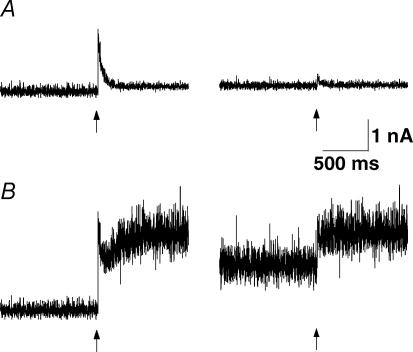Figure 13. Functional implications of FDR.
Simulated net postsynaptic current (Isyn, calculated according to eqn (10)) generated by a population of 1500 presynaptic neurones, firing randomly (Poisson) and undergoing synchronous transitions (indicated by arrows) from a low firing rate to a higher firing rate. Left: transition from 5 to 50 Hz. Right: transition from 30 to 50 Hz. A, model with pure RDD and no FDR. At low firing rates (left), the connections can code both a transition (by a transient increase in response), and average firing rate (by the mean current). At high firing rates (right), the connections cannot code the firing rates, as the input current does not change. However, it can still code (with the transient response) a change in rate. Model parameters: U0 = 0.4, U1 = 0, τrec = 500 ms, τ0 = 1000 ms, τ1 = 0.2, ττinrec = 2000 ms and ASE = −200 pA. B, model with pure RID and FDR. At low firing rates (left) the synapses can code both a transition (by a complex transient), and the firing rate. At high firing rates (right), the synapses retain their ability to code firing rates. Model parameters: U0 = 0.4, U1 = 0.2, τrec = 5 ms, τ0 = 1000 ms, τ1 = 0.2, ττinrec = 2000 ms and ASE =−200 pA.

